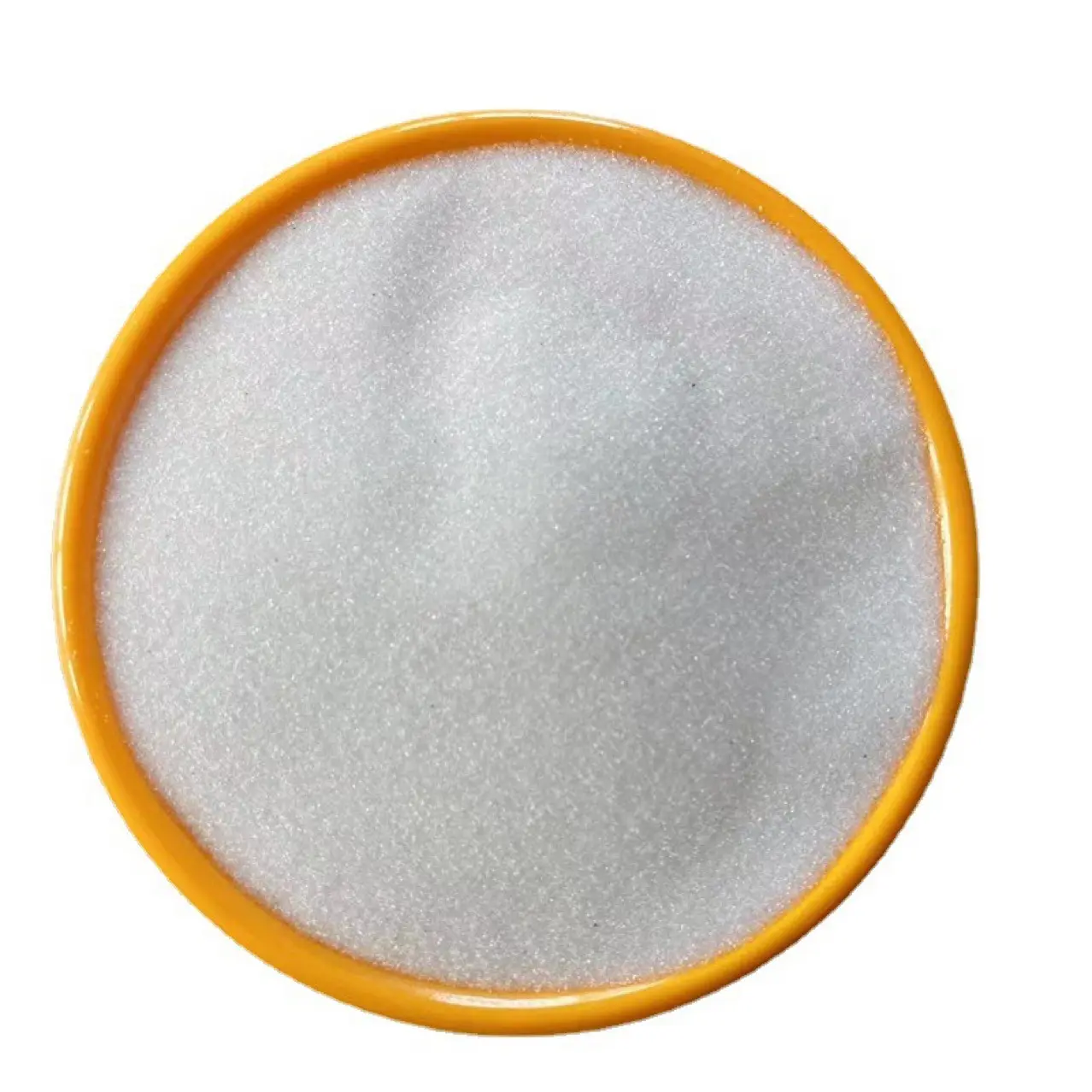
Exploring the Properties and Applications of Bentonite and Montmorillonite Clay Minerals in Industry
Bentonite and Montmorillonite Nature's Versatile Clays
Bentonite and montmorillonite are two of the most significant clay minerals widely recognized for their unique properties and numerous applications across various industries. Both are vital constituents of numerous processes, from environmental and geological studies to industrial uses and pharmaceuticals. Understanding their characteristics, formation, and applications can illuminate their importance in the natural world and human industry.
Formation and Composition
Bentonite is primarily composed of montmorillonite, which is a clay mineral of the smectite group. Montmorillonite itself is formed from the weathering of volcanic ash and is characterized by its layer structure, where the thickness of the layers can vary. This mineral is predominantly composed of the mineralogical formula Na(Al,Mg)2Si4O10(OH)2·nH2O, showcasing its capacity to absorb water and swell. Bentonite, as a term, typically refers to the clay formed from volcanic ash deposits that have undergone significant alteration.
The formation of these clays involves various geological processes, including volcanic activity, sedimentation, and the interaction with water over thousands of years. The significant ion-exchange properties and the ability to absorb moisture make these clays highly versatile.
Properties
One of the most remarkable features of bentonite and montmorillonite is their swelling ability. When water is added, these clays can expand up to several times their original volume. This physical property makes them useful in a range of applications, including sealing and insulation. Moreover, the negative charge on montmorillonite layers allows for the adsorption of cations, which can enhance its utility in various chemical processes.
Another unique characteristic is the thixotropic nature of these clays, meaning they can behave like a solid when at rest but flow like a liquid when subjected to stress. This property is particularly useful in industries such as drilling, where bentonite slurry can provide stability and support during the drilling process.
Applications
bentonite and montmorillonite

Bentonite and montmorillonite are used in a plethora of applications across different fields
1. Environmental Applications These clays are employed in landfill liners and waste containment systems due to their impermeability. Bentonite clay contains the ability to swell upon contact with water, creating a barrier that limits the movement of contaminants.
2. Construction and Civil Engineering In construction, bentonite is used for sealing and waterproofing foundations, as well as in the construction of tunnels and reservoirs. Its properties help create a stable barrier against water infiltration.
3. Petroleum and Natural Gas Industries Bentonite is commonly used in drilling muds, acting as a lubricant and providing necessary cooling to drill bits. It also helps to stabilize the borehole.
4. Pharmaceutical and Cosmetic Industries Montmorillonite is utilized as an excipient in drug formulations and as an ingredient in skin-care products due to its absorbent properties and ability to detoxify the skin.
5. Agriculture Bentonite is used to improve soil quality, increase water retention, and enhance nutrient availability for plants.
Conclusion
In summary, bentonite and montmorillonite are not merely geological formations; they are essential materials with diverse applications that significantly impact our daily lives. Their properties allow them to perform various roles in environmental management, construction, and even health care. As research and technology continue to evolve, the applications and understanding of these versatile clays are likely to expand even further, underscoring their importance in both ecological and industrial realms.
Share
-
Premium Pigment Supplier Custom Solutions & Bulk OrdersNewsMay.30,2025
-
Top China Slag Fly Ash Manufacturer OEM Factory SolutionsNewsMay.30,2025
-
Natural Lava Rock & Pumice for Landscaping Durable Volcanic SolutionsNewsMay.30,2025
-
Custom Micro Silica Fume Powder Manufacturers High-Purity SolutionsNewsMay.29,2025
-
Custom Mica Powder Pigment Manufacturers Vibrant Colors & Bulk OrdersNewsMay.29,2025
-
Custom Micro Silica Fume Powder Manufacturers Premium QualityNewsMay.29,2025






